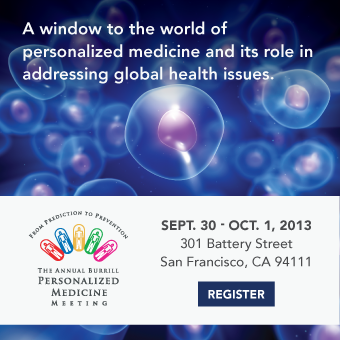Resistance to antibiotics has become a “potentially catastrophic” problem in the United States, adding as much as $20 billion in excess direct healthcare costs, according to the Centers for Disease Control and Prevention, which calls for new efforts to combat the threat.
“Antibiotic resistance is rising for many different pathogens that are threats to health,” says CDC Director Tom Frieden. “If we don’t act now, our medicine cabinet will be empty and we won’t have the antibiotics we need to save lives.”
The center estimates that more than 2 million people are sickened every year with antibiotic-resistant infections in the United States, and that at least 23,000 die as a result. Almost 250,000 people each year require hospital care for C. difficile infections.
The loss of effective antibiotics will undermine the United States’ ability to fight infectious disease and manage complications in patients receiving acute care and often vulnerable to secondary infections.
The CDC is calling for urgent action to prevent infections, track resistance patterns, improve use of currently available antibiotics, and develop new antibiotics and diagnostic tests.
Jeffrey Riley, CEO of Synthetic Biologics, a company developing therapeutics for the prevention of Clostridium difficile and other infections, says he sees the threat-level ranking “as encouragement from the CDC that they will elevate the call for–and invest in—new preventative and treatment options to combat them.”
The need for new antibiotics has fueled dealmaking. Cubist Pharmaceuticals’ recently acquired Optimer Pharmaceuticals and Trius Therapeutics for more than a combined $1.6 billion. In May, the U.S. Department of Health and Human Service’s Biomedical Advanced Research and Development Authority and GlaxoSmithKline, announced plans to work together to develop drugs to combat bioterrorism and antibiotic resistance.
The U.S. Food and Drug Administration is also working on the problem, assigning its Antibacterial Drug Development Task Force to explore novel scientific approaches to facilitate antibacterial drug development.
“Every time antibiotics are used in any setting, bacteria evolve by developing resistance. This process can happen with alarming speed,” says Steve Solomon, director of CDC’s Office of Antimicrobial Resistance. “These drugs are a precious, limited resource—the more we use antibiotics today, the less likely we are to have effective antibiotics tomorrow.”
September 18, 2013
http://www.burrillreport.com/article-cdc_issues_call_to_arms_on_drug_resistant_bugs.html





.gif)